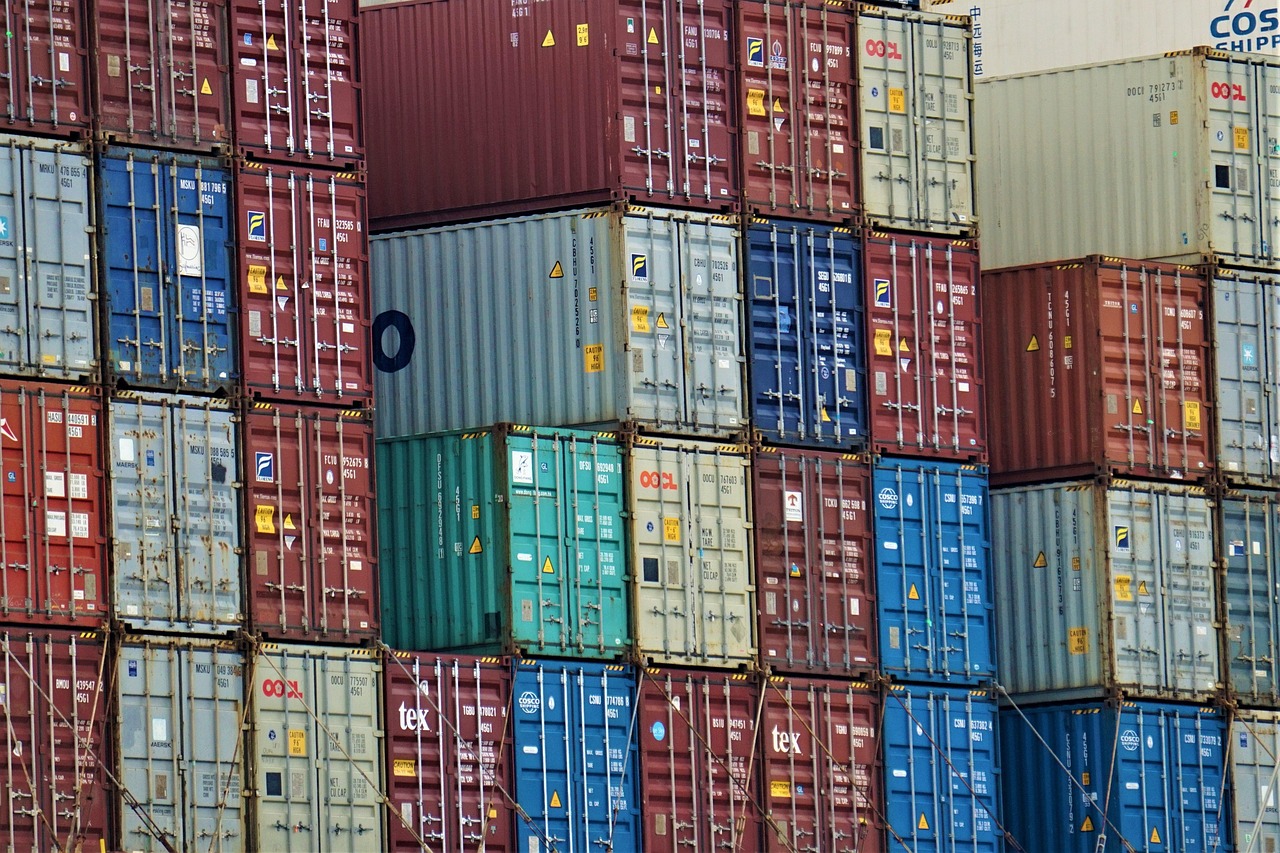Demystifying HTS Codes: How Silq Simplifies Tariffs and Duties for You

In the international trade ecosystem, few things are as critical, yet often misunderstood, as Harmonized Tariff Schedule (HTS) codes.
For businesses navigating international shipping, these numerical codes are the alpha and omega of trade activities, determining tariffs and duties, customs compliance, and the trade regulations each product will be subject to.
However, despite their significance, HTS codes are frequently shrouded in complexity, leaving even seasoned traders scratching their heads. This post aims not only to peel back the layers of ambiguity surrounding these codes but also to introduce how Silq Migrate, an advanced tariff classification software, can make this complex process more straightforward and efficient for businesses.
Why HTS Codes Matter So Much
HTS codes are much more than mere identifiers for products; they are the cornerstone of international trade, influencing a plethora of activities, from determining import/export duties to the compilation of trade statistics. The criticality of correct HTS code classification becomes even more evident when considering the financial implications. According to the U.S. International Trade Commission, U.S. tariff revenues in 2020 alone amounted to approximately $71.9 billion. Mistaking an HTS code can not only result in incorrect tariff payments but can also lead to delays and legal complications, which in turn affects trade statistics and overall international commerce.
Not Just a Numbers Game
The notion that assigning HTS codes is straightforward is a common misconception. The process can be highly complex and demands meticulous attention to detail. The same product can indeed have different HTS codes depending on a range of variables, from its material composition to its intended use or even the manufacturing process.
For instance, the categorization of a laptop is not as straightforward as it may appear. It could be classified differently based on a variety of features like processing speed, battery life, screen size, or the metals and materials used in its construction. Such variations emphasize the need for precise classification, particularly in light of evolving trade policies and fluctuating customs duties, which, according to a World Trade Organization study, can shift dramatically over short periods.
Why So Many Get HTS Wrong
For those well-versed in the language of HTS codes, the pitfalls might seem obvious, yet they are frequently stumbled upon even by seasoned professionals. The very nature of HTS codes — subject to frequent updates, laden with nuances, and contingent on jurisdictional variations — makes them a hotbed for errors.
The Pitfall of Stale Data
As experts will attest, the HTS codes are hardly static. They undergo revisions to reflect changes in global trade landscapes or to accommodate new product categories. The utilization of outdated codes is more than a rookie mistake; it’s a costly oversight that can lead to misapplied tariffs and shipment delays.
The Complexity of Product Attributes
For those deep in the trenches of tariff classification, the devil is, indeed, in the details. Assigning a code based purely on a generic description of the product may seem like a time-saving shortcut, but it often misses the layers of attributes and additional criteria that define a product’s true classification.

Jurisdictional Quirks
Shipping to multiple countries amplifies the complexity, as countries often append national subheadings to the six-digit international codes. Even for the seasoned shipper, keeping track of each country's unique addenda is no trivial task.
Financial Follies and Operational Hiccups
Beyond the financial repercussions of incorrect duties, the logistical setbacks from stalled shipments can disrupt finely-tuned supply chain operations. It’s not just a question of fines or additional tariffs; it’s about the efficient movement of goods in a competitive international marketplace.

Elevated Scrutiny
Missteps in HTS classification aren't just singular events; they can place your operations under increased scrutiny from customs officials, leading to more frequent inspections and potential delays for future shipments.
The intricacies of HTS classification and the associated pitfalls aren't merely hurdles but opportunities to reinforce the critical role of precise, adaptive solutions in international trade.
The Silq Migrate Advantage
When navigating the labyrinth of HTS codes, a reliable and efficient tool is indispensable. Enter Silq Migrate, a software solution designed to simplify and enhance the HTS code classification process. Here's how Silq Migrate stands out:
- AI-powered Classification: Through the use of sophisticated algorithms and machine learning, Silq Migrate elevates the accuracy of HTS code selection. This technology reduces human errors, which have historically been a significant source of misclassification.
- Dynamic Updates: Trade policies are ever-changing, sometimes overnight. Silq Migrate continuously updates its database with the latest tariff code amendments, serving as a proactive tool in an unpredictable trade environment.
- Audit Trails: Maintaining compliance is essential, and so is being able to prove it. Silq Migrate offers comprehensive audit trails, documenting the selection process for each HTS code, which can be invaluable during compliance reviews.
- Multi-Country Support: The software offers extensive support for international codes, which is vital for businesses involved in global trading. Whether shipping goods to Europe or Asia, Silq Migrate accommodates a wide range of international tariff systems.
- User-Friendly Interface: An easy-to-navigate design ensures that users don't have to be tech-savvy to operate Silq Migrate. Plus, a dedicated support team is always available for assistance.
Wrapping It Up
Correctly identifying HTS codes need not be a daunting, specialized task limited to experts in isolated offices. With Silq Migrate, this critical operation can become far more efficient, accurate, and less susceptible to errors that can result in financial and legal repercussions. The software serves as a reliable partner in ensuring that businesses not only remain compliant but also have the tools to navigate the dynamic landscape of international trade confidently.
With Silq Migrate, the complexities surrounding HTS codes become manageable, paving the way for more streamlined and successful international trading operations. The goal is simple: to make the intricate world of HTS codes something any business can navigate with ease and precision.
Ready for Supply Chain Predictability?
Importers using Silq ship smarter, safer, and with total control.







